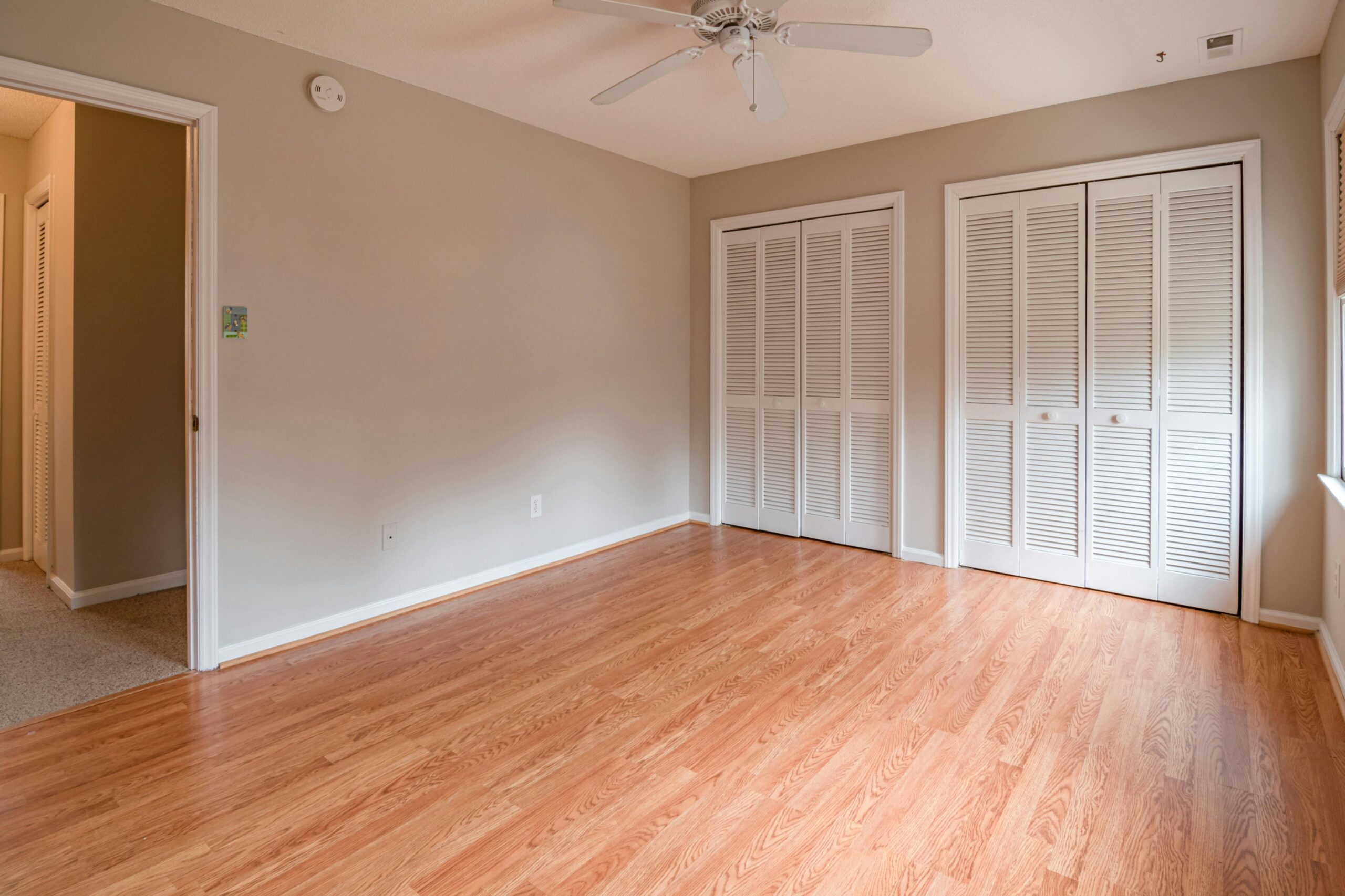Ever thought about mold coming back after you’ve fixed it?
Mold remediation isn’t just about cleaning up visible spores. It’s about solving the problems that let mold grow. Even with good initial work, mold can come back if moisture issues aren’t fixed. Knowing what makes mold come back is key.
Things like hidden leaks or bad ventilation can let mold come back. To keep mold away for good, you need to get rid of it and stop it from coming back. Learn how likely mold is to return and how to keep your home safe.
Key Takeaways
- Mold can return if moisture issues are not properly addressed.
- Maintaining indoor humidity levels between 30% and 50% is crucial.
- Professional mold remediation services can significantly reduce the risk of mold recurrence.
- Regular inspections help in identifying early signs of mold growth.
- Proper ventilation is essential to prevent mold regrowth.
Why Mold Returns After Remediation
Mold often comes back after it’s been removed because of moisture problems. Even the best mold removal can fail if moisture issues aren’t fixed. For instance, a leaky window can cause mold if the drywall gets wet.
Keeping humidity levels below 50% helps stop mold from growing back. If moisture keeps coming, mold can return in just weeks. This shows the importance of staying alert and fixing moisture problems.
While mold removal companies can get rid of mold, they can’t stop it from coming back without fixing moisture. Success in mold removal depends on finding and fixing moisture sources. Leaks in crawl spaces or hidden spots can lead to mold coming back.
It’s crucial to control moisture to avoid mold coming back. Mold can grow and spread quickly, especially in damp places. Checking hidden areas and fixing damp spots is key to preventing mold and health problems.
How likely is mold to come back after remediation?
The chance of mold coming back depends on how well the first removal and moisture issues are fixed. Professional mold removal companies work hard to remove mold and stop it from coming back. They do this by finding and fixing moisture problems.
Mold loves damp places, so fixing leaks and controlling humidity is key. Keeping indoor humidity below 50% helps prevent mold. If leaks or hidden moisture are not found, mold can grow back. So, it’s important to check for mold after it’s been removed.
Places like bathrooms and crawl spaces are high-risk for mold. They need careful monitoring to prevent mold from coming back. Attics and crawl spaces are also common places for mold to grow, showing the need for good moisture control.
Keeping mold away also means making sure the area is cleaned well. Without strict rules in many places, the quality of mold removal can vary. Choosing a trusted contractor is important. DIY solutions often don’t work well, making professional help crucial.
When mold comes from a sudden event like a burst pipe, it’s less likely to come back if fixed right away. But, regular cleaning and keeping moisture in check are also important. Paying attention to both visible and hidden moisture is essential for managing mold.
Preventing Mold Regrowth
To stop mold from coming back, several important steps must be taken. First, finding and fixing all moisture sources is key. Mold can return if moisture problems, like flooding or leaks, aren’t fully fixed after cleaning.
Keeping air moving and humidity levels under 50% helps prevent mold. Use dehumidifiers and ensure good air flow in your home.
Regular checks and upkeep of damp areas, like basements and crawl spaces, are crucial. These spots are perfect for mold to grow, especially if they’ve had water damage.
Fixing water damage well is vital to stop mold from coming back. This means removing water and drying areas fully. It’s also important to keep an eye on moisture after fixing to avoid mold coming back.
Homeowners should hire mold removal experts who know how to keep mold away for good. Stopping mold from coming back is not just about cleaning. It’s about staying alert and keeping up with maintenance.
Conclusion
Mold remediation can be very effective, but it’s all about fixing the moisture problems that cause mold. In the US, almost 70% of homes have mold. This shows that mold can come back if we don’t solve the root issues. Homeowners need to check for water problems and keep humidity levels between 30% and 60% to stop mold.
Mold can grow back in just 48 hours after water damage. Without fixing leaks and improving air flow, mold will likely return. The costs of dealing with mold can be high, from $5,000 to $15,000. It can also harm your health, leading to breathing problems, sleep issues, and chronic diseases. Getting regular checks and making sure mold is gone for good is essential for a healthy home.
The real success of mold removal is not just getting rid of it. It’s also about keeping your home dry and healthy. By tackling moisture problems, homeowners can lower the chance of mold coming back. This protects their homes and health from mold’s harmful effects.







